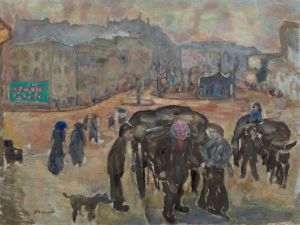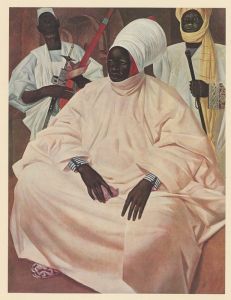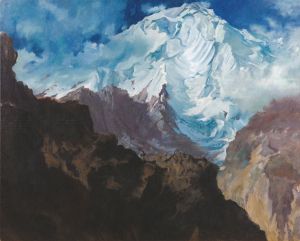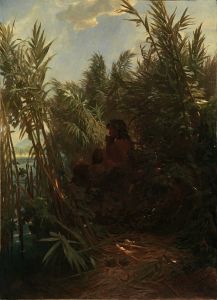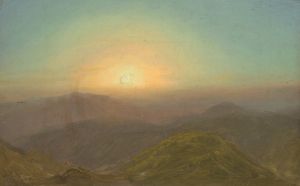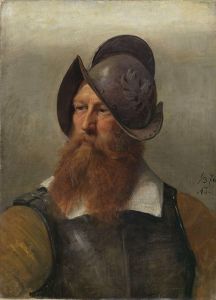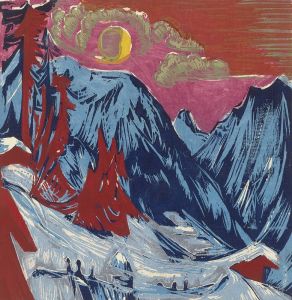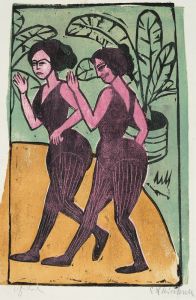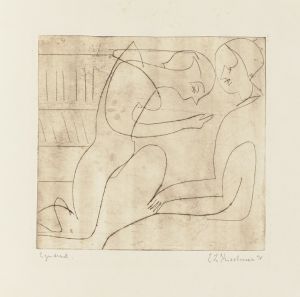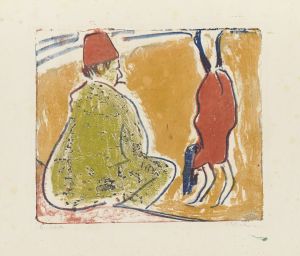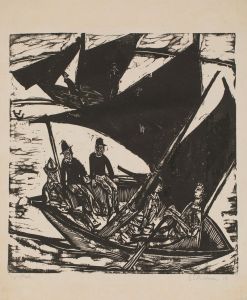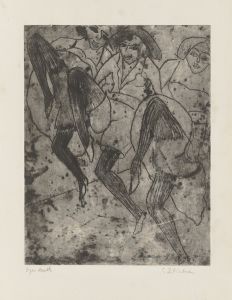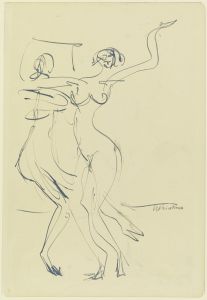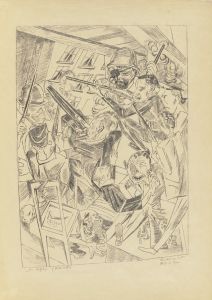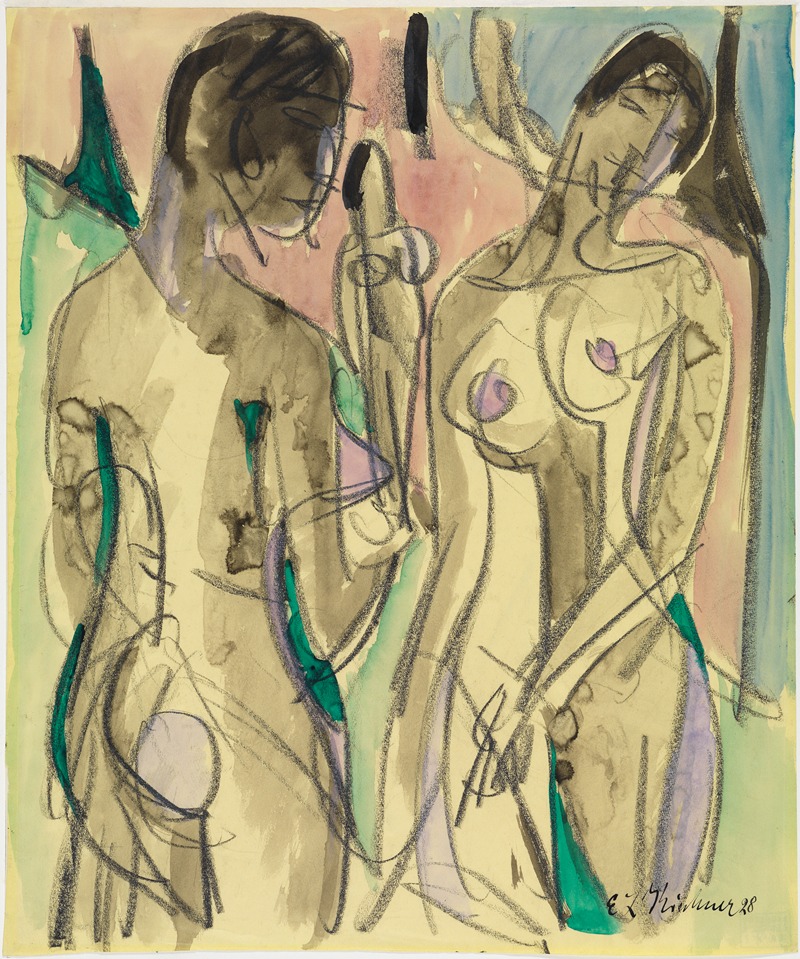
Drei Akte im Wald
A hand-painted replica of Ernst Ludwig Kirchner’s masterpiece Drei Akte im Wald, meticulously crafted by professional artists to capture the true essence of the original. Each piece is created with museum-quality canvas and rare mineral pigments, carefully painted by experienced artists with delicate brushstrokes and rich, layered colors to perfectly recreate the texture of the original artwork. Unlike machine-printed reproductions, this hand-painted version brings the painting to life, infused with the artist’s emotions and skill in every stroke. Whether for personal collection or home decoration, it instantly elevates the artistic atmosphere of any space.
Ernst Ludwig Kirchner was a prominent German expressionist painter and one of the founding members of the artist group Die Brücke (The Bridge), which played a crucial role in the development of modern art in the early 20th century. Kirchner's work is characterized by its bold use of color, dynamic compositions, and a focus on the human figure, often set against vibrant, natural backdrops.
"Drei Akte im Wald" (Three Nudes in the Forest) is one of Kirchner's notable works, reflecting his fascination with the human form and its integration into nature. Painted in 1933, this piece exemplifies Kirchner's mature style, where he combines elements of expressionism with a personal exploration of form and color. The painting depicts three nude figures situated in a forest setting, a theme that Kirchner frequently explored throughout his career. The forest, a recurring motif in his work, symbolizes a return to nature and a break from the constraints of urban life, which was a central theme for the Die Brücke group.
Kirchner's use of color in "Drei Akte im Wald" is particularly striking. He employs a vivid palette to convey the energy and vitality of the natural world, as well as the figures within it. The nudes are rendered with bold, sweeping brushstrokes that emphasize their movement and connection to the surrounding environment. This approach reflects Kirchner's interest in the expressive potential of color and form, as well as his desire to capture the emotional and psychological states of his subjects.
The composition of "Drei Akte im Wald" is dynamic and fluid, with the figures arranged in a way that suggests both harmony and tension. The interplay between the figures and the forest creates a sense of unity, while also highlighting the individuality of each figure. Kirchner's ability to balance these elements is a testament to his skill as a painter and his deep understanding of the expressive possibilities of his medium.
Kirchner's work, including "Drei Akte im Wald," was deeply influenced by his experiences and the cultural context of his time. The early 20th century was a period of significant social and political change in Germany, and Kirchner, like many artists of his generation, sought to respond to these changes through his art. His work often reflects a desire to escape the confines of modern society and reconnect with a more primal, instinctual way of life.
Despite the challenges he faced during his lifetime, including the rise of the Nazi regime, which labeled his work as "degenerate art," Kirchner continued to produce art that was innovative and deeply personal. His contributions to the expressionist movement have left a lasting impact on the art world, and his works continue to be celebrated for their emotional depth and technical mastery.
"Drei Akte im Wald" remains an important example of Kirchner's artistic vision and his ability to convey complex ideas through the medium of painting. The work is housed in various collections and continues to be studied and appreciated by art historians and enthusiasts alike for its bold expression and the insight it provides into Kirchner's unique perspective on the world.





